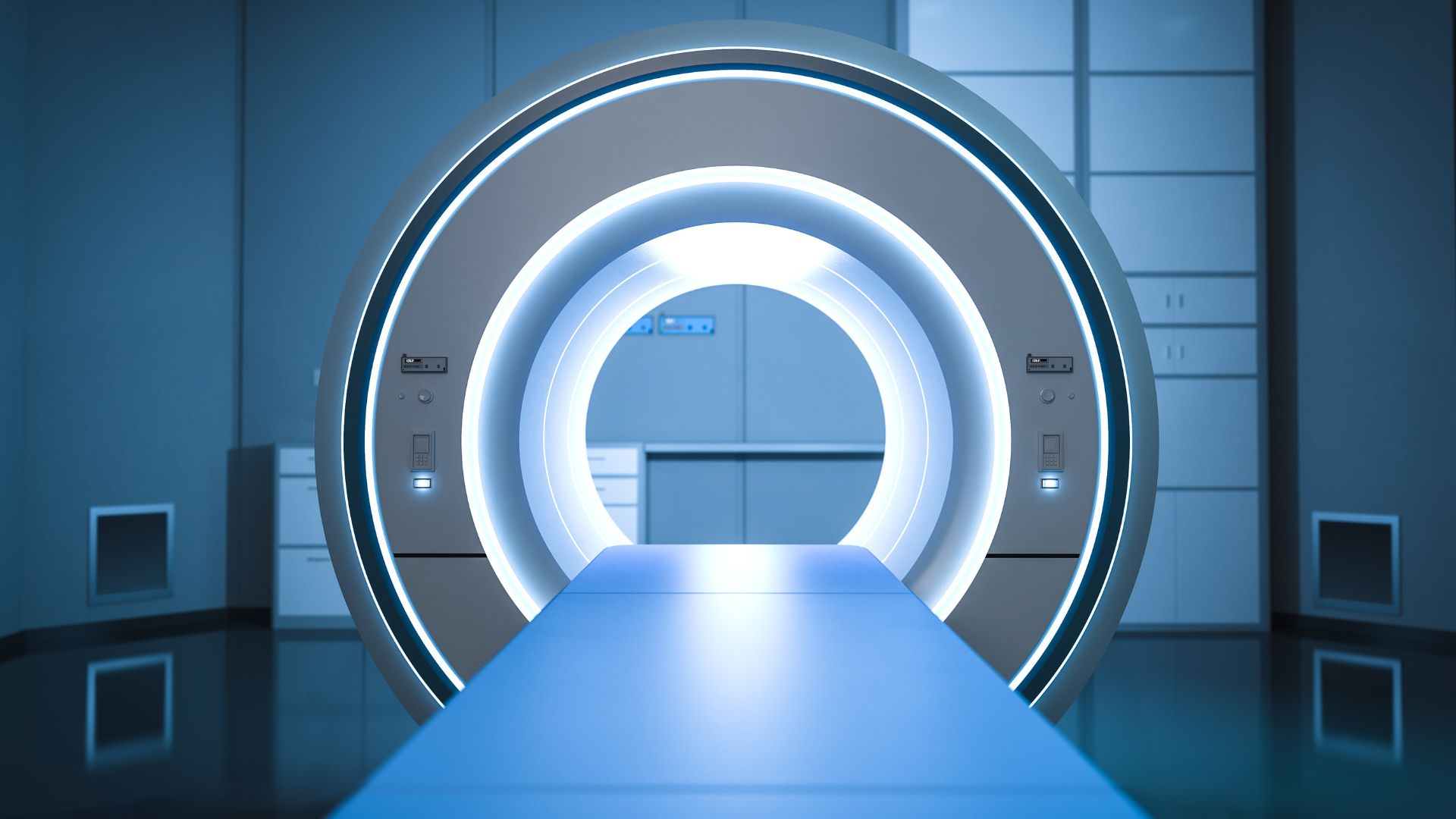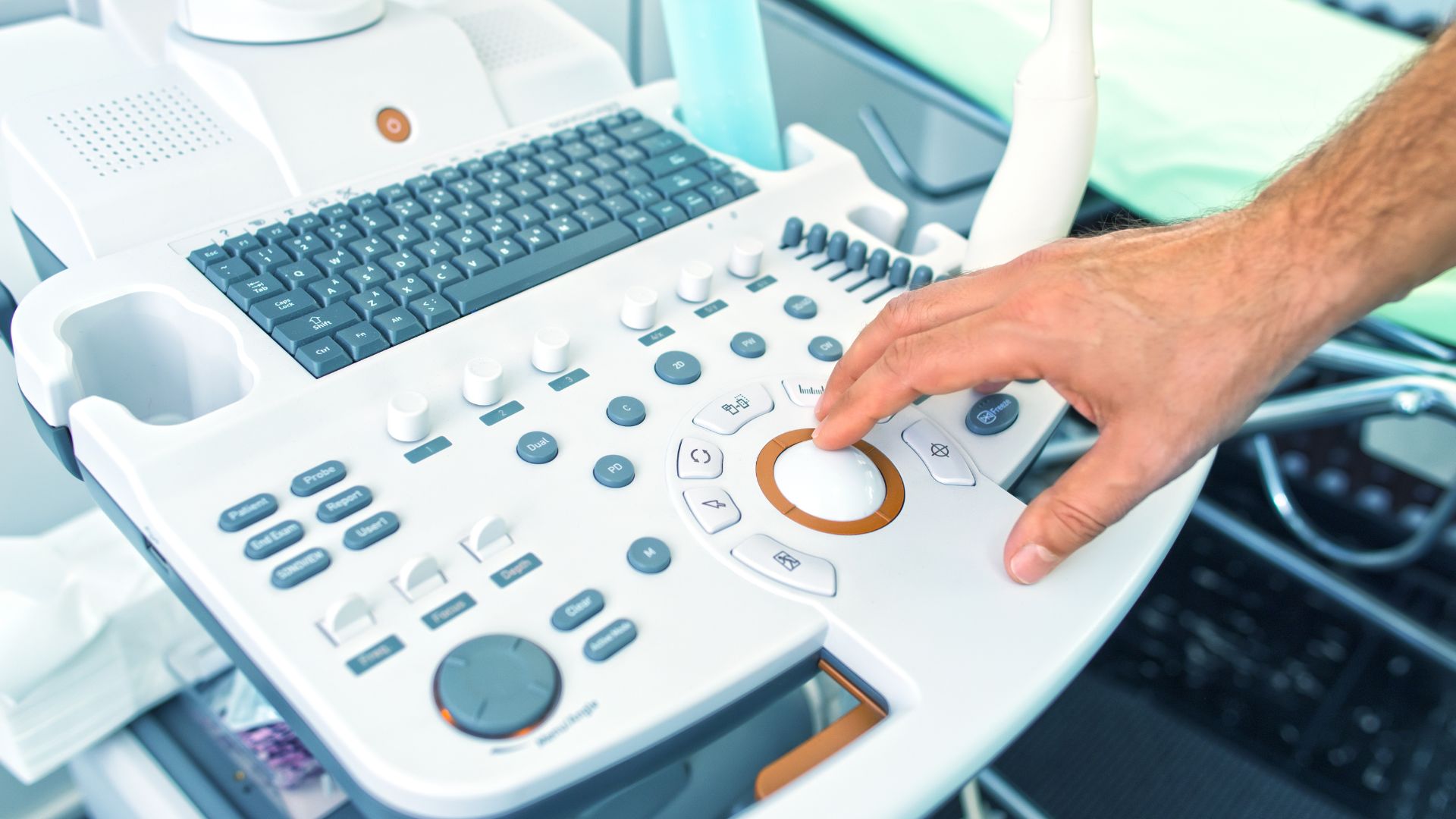Electronic Medical Device Reporting (eMDR) is a critical FDA regulatory requirement that ensures adverse events related to medical devices are monitored accurately and efficiently. As the industry continues its digital transformation, eMDR replaces traditional paper-based reporting with a structured, electronic submission process. Understanding how the eMDR system works, who must comply, and how to implement it effectively is essential for manufacturers, importers, and user facilities alike.
This guide delivers a comprehensive breakdown of eMDR—from regulatory context and submission pathways to software requirements and strategic benefits—equipping stakeholders with the knowledge to streamline compliance and enhance patient safety.
What Is eMDR and Why Is It Required?
eMDR, or Electronic Medical Device Reporting, is the FDA’s mandated system for receiving medical device adverse event reports in a digital format. The requirement stems from 21 CFR Part 803, which outlines the conditions under which manufacturers, importers, and user facilities must report serious injuries, deaths, and device malfunctions.
Previously, these reports were submitted on paper via MedWatch Form 3500A. Now, the eMDR framework standardizes data through Health Level Seven (HL7) Individual Case Safety Report (ICSR) XML format, allowing the FDA to automate data intake, analysis, and surveillance. This improves detection of systemic issues, facilitates timely recalls, and enhances patient safety.
How the eMDR System Works
To comply with FDA eMDR regulations, manufacturers must understand the system’s architecture—from submission methods to report validation.
Submission Pathways
There are two primary electronic channels for submitting MDRs:
- WebTrader Account: Suitable for organizations submitting fewer reports. This is a low-volume access point through the FDA’s Electronic Submissions Gateway (ESG).
- AS2 Gateway: Intended for high-volume submitters. This method provides a direct, secure connection and requires technical setup.
Both pathways involve ESG, the FDA’s central portal for accepting all regulatory submissions. ESG validates, authenticates, and routes submissions to the appropriate FDA center.
Standard Workflow
The eMDR process involves the following steps:
- Identification of Adverse Event: Device malfunction, injury, or death is identified internally or reported externally.
- Internal Evaluation: The reportable event is evaluated for severity and regulatory reporting thresholds.
- Report Creation: An HL7 ICSR-compliant XML report is prepared. This includes structured metadata and required fields.
- Submission via ESG: The XML file is securely uploaded through WebTrader or AS2.
- FDA Acknowledgments: The FDA issues three levels of acknowledgment (ACK1–3), validating the submission was received, routed, and accepted.
Who Must Report and What Must Be Reported
Understanding the obligations around reporting is crucial for regulatory compliance and effective adverse event management.
Required Submitters
- Medical Device Manufacturers (domestic and foreign)
- Initial Importers of medical devices
- User Facilities (e.g., hospitals, nursing homes), though still permitted to use paper Form 3500A
Reportable Events
According to FDA regulation 21 CFR Part 803, mandatory reporting applies to:
- Deaths or serious injuries associated with device use
- Malfunctions that could cause serious harm if they were to recur
The goal is proactive surveillance and intervention to protect public health.
FDA Reporting Timelines and Acknowledgment Codes
The FDA mandates time-sensitive reporting windows:
- 30-Day Reports: For standard reportable events
- 5-Day Reports: When action is needed urgently due to heightened risk
Upon submission, the ESG issues:
- ACK1: Confirms transmission success
- ACK2: Verifies routing to the Center for Devices and Radiological Health (CDRH)
- ACK3: Indicates successful or failed validation of the HL7 file
Rejected submissions must be corrected and resubmitted without delay.
Enrollment and Software Setup for eMDR
Establishing your organization’s readiness to submit eMDRs involves both regulatory enrollment and technical infrastructure. These upfront steps are non-negotiable, as the FDA requires each submitter to complete specific setup procedures before submissions will be accepted.
Enrollment Process
Before submitting reports, companies must:
- Register with ESG: Sign up via the FDA ESG portal
- Submit a Letter of Non-Repudiation: Legally binds submitter responsibility
- Provide Digital Certificate: Ensures secure communication
- Complete Connectivity Testing: Confirms system interoperability with FDA servers
Once approved, the organization receives ESG credentials for future submissions.
Software and XML Tools
To comply with HL7 standards, companies must use software capable of generating and validating ICSR XML files. Options include:
- FDA eSubmitter Tool (for low volume)
- Third-party eMDR software suites
- Integrated Quality Management Systems (EQMS)
- Custom XML generation tools with ESG integration
All reports must conform to FDA schema requirements. Errors in tagging, encoding, or formatting may result in submission rejections.
How to Prepare a Compliant eMDR Submission
Once enrollment is complete and your system is technically ready, the next step is ensuring the integrity of each report you generate. eMDR compliance isn’t just about formatting—it’s about completeness, accuracy, and traceability across each submission.
Required Data Fields
A complete report includes:
- Device name, brand, model, serial/lot number
- Event narrative and timeline
- Reporter and submitter details
- Patient demographics (as available)
- Device operator role (e.g., physician, nurse, patient)
- Manufacturer’s analysis or corrective action taken
If data is unavailable, placeholders such as UNK (unknown) or NA (not applicable) should be used.
Common Pitfalls
Avoid these common errors:
- Submitting incorrect or malformed XML files
- Incomplete patient or device data
- Missed reporting deadlines
- Use of unsupported characters or symbols in XML files
Maintaining version control and peer review can help ensure report integrity.
Strategic and Operational Benefits of eMDR
While eMDR is a regulatory mandate, it also offers strategic advantages:
- Accelerated Regulatory Response: Enables faster signal detection and FDA intervention
- Process Automation: Reduces manual effort and improves reporting consistency
- Improved Traceability: Tracks device performance across post-market use
- Public Database Transparency: Informs healthcare providers, researchers, and the public about device safety trends
Integrating eMDR Into Your Quality System
Incorporating eMDR into your quality and risk frameworks can:
- Enhance early warning systems
- Support CAPA (Corrective and Preventive Action)
- Streamline internal investigations
- Strengthen audit readiness
eMDR should not be seen as an isolated task but as a core pillar of post-market surveillance and patient safety.
Ensure Your eMDR Compliance Is Robust and Scalable
Adopting eMDR is more than regulatory box-checking—it’s a pathway to improved operational discipline, patient protection, and public trust. From onboarding through ESG to mastering the intricacies of HL7 XML formatting, each step demands accuracy, readiness, and strategic foresight.
For end-to-end support—whether you’re preparing your first submission or streamlining an existing system—Registrar Corp offers proven expertise in eMDR setup, ESG registration, and adverse event strategy.
Ensure your systems are audit-ready and future-proof by partnering with industry experts who understand the complexity of medical device compliance.








